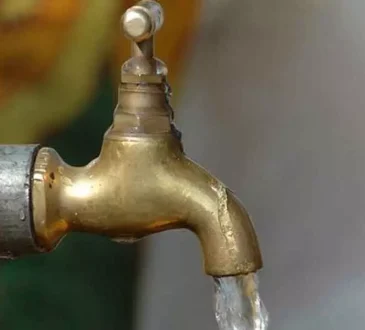Installing a fuel storage tank requires careful planning and professional expertise to ensure safety, compliance with regulations, and efficient operation. Whether you need one for your home, business, or industrial facility, it’s essential to work with experts who understand the intricacies of the process. In this article, explore the step-by-step guide on fuel tank system installation in Chappaqua, NY, with the help of professionals.
Step 1: Assessing Requirements
The first step is to assess your specific requirements. Determine the type and amount of fuel you will be storing, the intended purpose, and any required regulations or permits. Consulting with professionals at this stage is crucial, as they can help you understand the necessary specifications and legal requirements.
Step 2: Site Preparation
Once you have determined your requirements, the next step is to prepare the installation site. The site should be level, stable, and free from any potential hazards. Clear the area of debris, vegetation, and any objects that could obstruct access to the tank or pose a fire risk. Professionals will thoroughly assess the site to ensure it meets safety standards and complies with local regulations.
Step 3: Tank Selection
Choosing the right one is crucial to ensure safe and efficient operations. The experts will help you select one that meets your requirements and is compliant with relevant codes and standards. Factors include the type of fuel, storage capacity, material construction, corrosion resistance, and environmental considerations.
Step 4: Delivery and Placement
Once it is selected, it will be delivered to the installation site. The experts will handle the delivery and ensure proper placement. It should be on a stable foundation that can support its weight, preventing settling or movement. They will follow specific guidelines to ensure it is installed securely and safely.
Step 5: Piping and Connections
This step includes connecting it to the fuel supply lines, vent pipes, and any necessary safety devices, such as overfill prevention valves and leak detection systems. They will carefully install the pipes, ensuring they are correctly sized, adequately supported, and in compliance with applicable codes and regulations.
Step 6: Electrical and Control Systems
If your system requires electrical and control systems, professionals will handle their installation. It may involve wiring connections for pumps, motors, level sensors, and any associated control panels. Hiring those with expertise in electrical work is crucial to ensure safe and reliable operation.
Step 7: Testing and Inspection
Once the installation is complete, they will conduct rigorous testing and inspection procedures to ensure the system functions properly and meets all safety standards. It may include pressure tests, leak tests, and functional tests of safety devices. Inspections from relevant regulatory bodies may also be required to verify compliance with local regulations.
Step 8: Training and Maintenance
After the installation is successfully completed and approved, they will provide training on operating and maintaining it. They will educate you on safety protocols, routine maintenance tasks, and the signs of potential issues. It’s essential to follow their guidance and schedule regular maintenance to ensure continued safe and efficient operation.
Conclusion
Fuel tank system installation in Chappaqua, NY, requires careful planning, expertise, and adherence to safety regulations. By working with experts, you can ensure a smooth and compliant process. Remember to assess your requirements, prepare the site, select the appropriate tank, handle delivery and placement, install piping and connections, conduct thorough testing and inspection, and receive training on operation and maintenance. With assistance, you can have peace of mind knowing that it is installed correctly and ready to serve your needs safely and efficiently.




